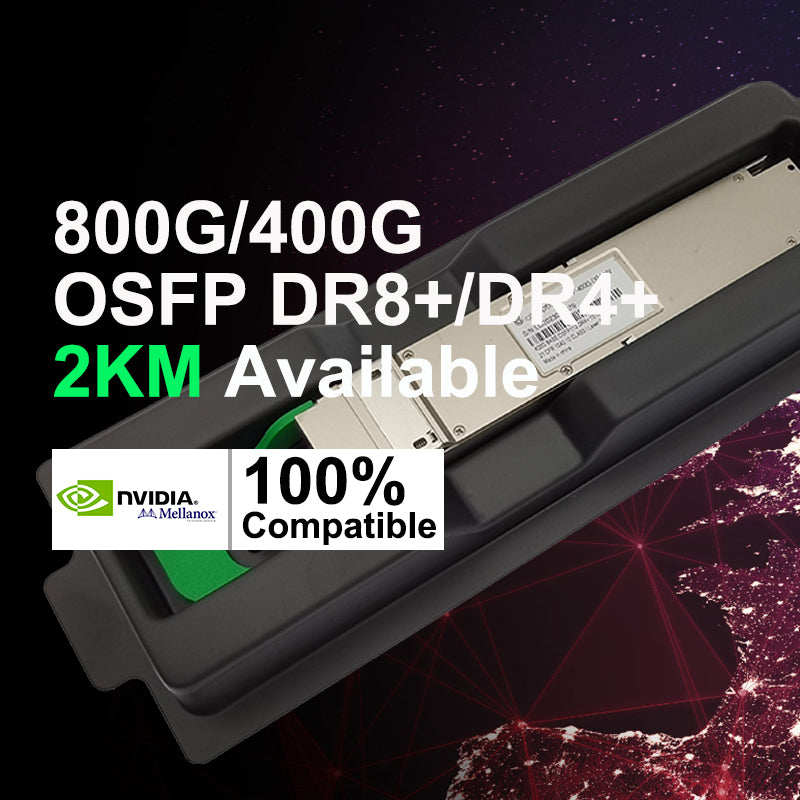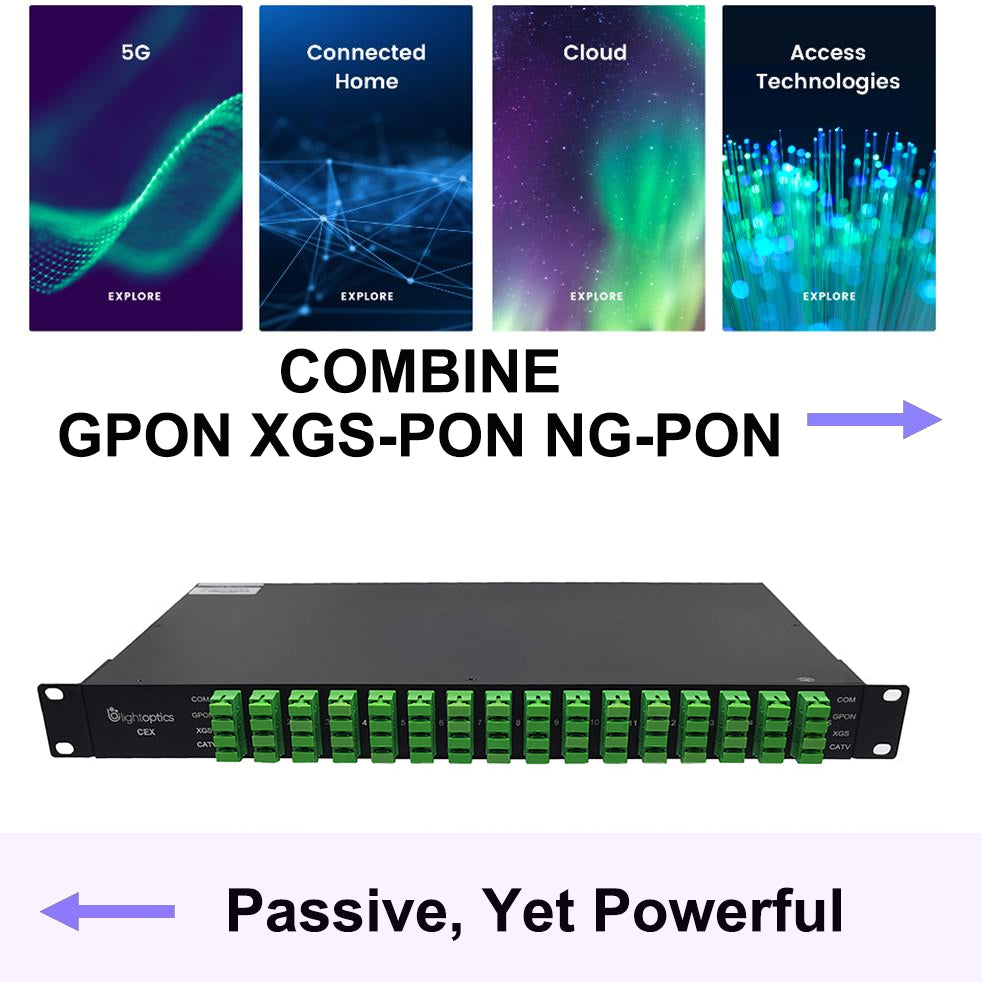Cat6 Cables Guide
Cat6 Cables Guide
Though the Cat8 patch cable is arousing more and more attention in the market, the previous generations of patch cables such as Cat6 still play an important role in wired networks. At present, Cat6 cable can be categorized by shielding type, conductor type, flame retardant class, costs, length, color, etc. And it is widely used in the home, SMB applications, and data centers where up to 10GBase-T networks are used. Cat6 cable can meet the requirements of fast transmission and excellent signal quality. Then how to choose suitable Cat6 cables for different applications?
Overview of Cat6 Cables
Defined by EIA/TIA standards, Cat6 (Category 6) patch cable is the sixth generation of twisted pair Ethernet cabling. It contains four pairs of copper wires and uses all the pairs for signaling to obtain its high level of performance. Being backward compatible with all the previous categories, Cat6 cable operates at up to 250 MHz. And it can support up to 1000BASE-T within 100m and 10 Gigabit Ethernet over the limited distance (37-55 meters) specified in the industry. Due to its high data transfer speeds and dependability, Cat6 cable is widely used in homes, business networks, and data centers.
What Need to Consider When Choosing Cat6 Cables?
The appropriate application of Cat6 cables can help save money, decrease the installation and maintenance time, and meet the future-proofing network requirements. So it is necessary to know how to choose suitable Cat6 cables. To buy a suitable Cat6 patch cable, many factors can be taken into consideration, such as shielding type, conductor type, flame retardant class, etc. Here, we have summarized several main features that help you choose suitable cables for different scenarios.
Shielded Cable vs Unshielded Cable
The shielded cable is a twisted pair cable confined in a foil or mesh shield that helps protect the data from high electromagnetic interference(EMI) or radio-frequency interference (RFI). The EMI/RFI is produced when cables are close to power cables, RF devices, or some high-power machines. This will slower transmission speeds and create more data errors. Therefore, shielded Cat6 cable has a faster transmission speed and fewer data errors, which is ideal for high-speed networks such as data centers.
Due to the twisting of the wire pairs, an unshielded Cat6 cable helps reduce noise and crosstalk, and can offer some resistance to EMI/RFI but is less effective than the shielded cable. The unshielded Cat6 cable is less expensive than the shielded cable, and easier to install since no shielding and the drain wire are involved. It is the most common type used in desktop communications applications.
Solid Cable vs Stranded Cable
Solid cable uses a single piece of copper for the electrical conductor that is designed for backbone and horizontal cable runs. Due to the large core, the solid cable is durable but not so flexible that it shouldn’t be bent or twisted repeatedly. And with better attenuation, the solid cable can support long-distance transmission and higher data rates.
Stranded cable uses a series of copper cables twisted together. It is more flexible than solid cable but has high attenuation. So the stranded cable is used for short-distance transmission between wall plates and interface cards, hubs, and other rack-mounted equipment. Moreover, compared to solid cable, stranded cable has more expensive production costs.
Riser Cable vs Plenum Cable
Riser cable or CMR cable is referred to as “riser-rated cable” and is designed to prevent fires from spreading between floors through risers or vertical shafts. Therefore, the riser cable is appropriate for the in-wall installation of Ethernet cables, and the installation inside a residence or a single-story commercial building.
Plenum cable or CMP cable is referred to as “plenum-rated cable”. Its jacket is made from material that retards the spread of flames and does not give off much smoke or toxic gas when burned. Hence, plenum cable is suitable for installation into air plenum spaces such as drop ceilings and raised floors.
Length And Color
The cable length and color also need to be considered when choosing Cat6 cables for your network. Cat6 patch cables can come in short lengths such as 0.15m, or longer lengths such as 61m. Moreover, custom lengths are available. The cable length you need mainly depends on two aspects. One is the distance between your network devices, and the other is the extra length for future capacity expansion. In terms of color, various colors are available such as red, blue, gray, white, etc. Among them, blue may be the most common one. Different colors can distinguish different applications, but the ultimate decision is based on your preference.
How Long Can Cat6 Cable Run?
A single run of Ethernet cable is designed to work at a maximum distance of 100 meters (328 ft). A length longer than that will result in issues such as dropped packets, reduced performance, and loss of signal when deploying Cat6 cable. The max length of a Cat6 cable usually consists of 90 meters (295 ft) of solid "horizontal" cabling between the patch panel and the wall jack, plus 5 meters (16 ft) of stranded patch cable between each jack and the attached device. For 10GBASE-T, an unshielded Cat6 cable should not exceed 55 meters.
Is Cat6 Cable Compatible With Cat5e Cable?
Cat5e vs Cat6 cables, both utilize the same end piece, i.e. they can plug into the same ports. The differences lie in their capabilities, as well as the methods and materials used to manufacture them. The "end" that all the cables have in common is RJ45, and it is capable of plugging into any Ethernet jack on a computer, router, PoE switch, or other devices.
What Are the Typical Applications of Cat6 Network Cables?
Installers often use Cat6 cables at the network's backbone in conjunction with fiber optics. Though slightly more costly than Cat5e, Cat6 cable is more reliable at longer distances than Cat 5e and a good fit for the wave of 60W and 90W Power over Ethernet (PoE) technologies currently on the market. With the potential for higher speeds and less crosstalk, Cat6 cable currently dominates home and enterprise networks as the cable of choice.
Conclusion
Cat6 patch cable, as an advanced Ethernet cable, is widely applied in cabling sys systems. Choosing the right Cat6 cable matters a lot to your network deployment. So all factors mentioned above, including shielding type, conductor type, flame retardant class, length, and color need to be weighed up.












